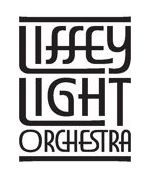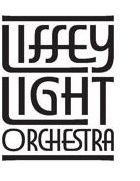About
The Liffey Light Orchestra is in existence since 1974, formed by Paul Egan to play instrumental music in the genres of contemporary Celtic, jazz-rock-fusion, world, and new age with modern rather than orchestral instrumentation. Originally formed as a Mike Oldfield tribute band, composers whose music has been performed include Jean-Michel Jarre and the music of the progressive rock bands of the 1970s such as Yes and Focus. A live band in the 1970s and early 1980s, it now operates as a recording project, performing music composed and arranged by Paul Egan.
Albums
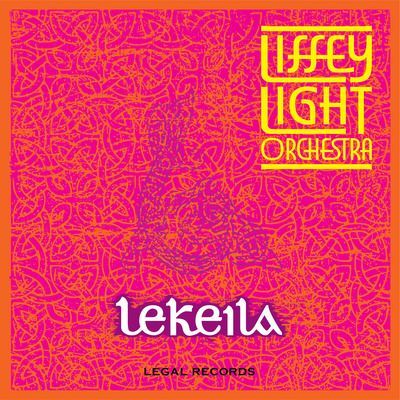
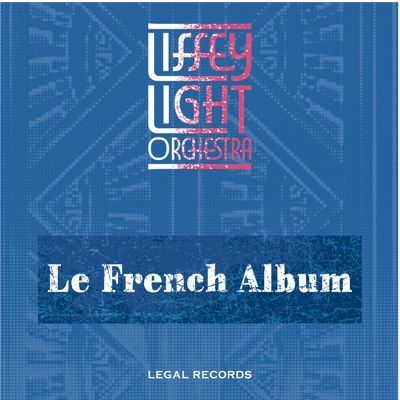
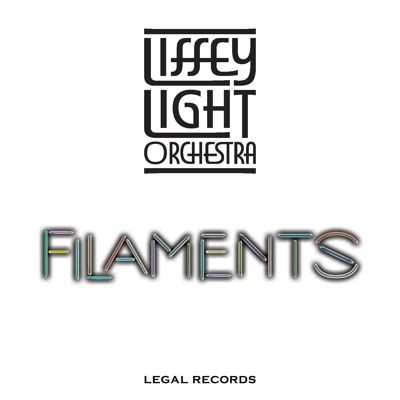
Singles
-
Our Origins
The Liffey Light Orchestra originated in Trinity College Dublin in December 1974 as the pit band for the Dublin University Players’ pantomime Yggdrasil or the Weed that Jack Grew (aka Jack and the Beanstalk). It was Donald-Taylor Black, one of the authors of the script of the pantomime, who came up with the name.
With 4 original members, Valerie Boyle on piano, Dick Conroy on guitar, Paul Egan on bass and Robert Dwyer-Joyce on drums and percussion, their musical repertoire limited itself to entertaining the discerning late-light panto audiences with musical counterpoint to the Players’ antics. The LLO performed in DU Players at a number of subsequent events during 1975.
-
Jingle Bells
It was in October 1976 that the Liffey Light Orchestra developed a particular musical focus, with a 10-day series of sold-out lunchtime concerts in Freshers’ week and afterwards in TCD entitled Jingle Bells. Jingle Bells was in fact Side 1 of Mike Oldfield’s Tubular Bells. The reason it was Jingle instead of Tubular was down to the sets of tubular bells being in single figures in Ireland – one was with the Ulster Orchestra, in Belfast one was with the RTÉ Orchestra, and there were two with the Artane Boys’ Band. So, without tubular bells, the LLO used the hand bells of the Dublin University Guild of Change Ringers to deliver the key melody in the finale and other bells parts.
-
Tubular Bells
In Spring 1977 the LLO regrouped, this time to perform the full Tubular Bells work. There were two key challenges, first to get official permission from the publishers and the second to obtain a set of tubular bells. A performance in the Exam Hall of TCD on Sunday 1 May 1977 was negotiated on the basis that the desks required for the next morning would be placed in precise position after the performance.
Communications with copyright owners Virgin Music were prompt, amicable, and satisfactory. Permission was given to give the performance, provided tickets were to be advertised to students only and there was to be no guitar solo at the end of “Side 2”. Instead, “Mike Oldfield’s Single” was played (a slowed-up version of “guitars sounding like bagpipes” from the middle of Side 2).
Getting the tubular bells was a bit more of a challenge. RTÉ were unwilling to part company with their set. So, the LLO approached Joe Lynch of the Artane Boys’ Band for a loan of one of their sets of bells. At 4 pm on Saturday 30 April, the day before the concert, a bargain was struck whereby the 2nd set of the Artane Boys Band bells became the property of the Liffey Light Orchestra for the very fair price of IR£90. There was then a sprint from Dublin 3 to Dublin 2 to provide the bells to percussionist Nicola White, who would have to learn to play the bells part on the real tubular bells rather than the Change Ringers’ hand bells within the following 24 hours.
A last-minute challenge was getting the sound gear to the Exam Hall in time for the concert and the final rehearsal. The sound rig was in the National Stadium for a Saturday night, 30 April, gig by J J Cale. The College Porters (as they were then known) opened the main gates of Trinity College at 1am on 1 May to get the sound truck in and the team worked till 7am to get it up and working.
At 8 pm on Sunday 1 May 1977, the Liffey Light Orchestra took the stage to a packed Exam Hall, with over 200 disappointed punters outside who could not get in. After 2 pieces composed by Paul Egan, the LLO launched into Tubular Bells. This was only the third ever live performance of the work. The first had been Mike Oldfield’s own performance at the Queen Elizabeth Hall and the second, the (truly) orchestral Tubular Bells of David Bedord. The performance was very, very well received.
After the conclusion of Tubular Bells (sides 1 and 2), the LLO launched into the first ever live performance of Ommadawn (acknowledged as such in the sleeve notes to Mike Oldfield’s Elements album). The audience’s response was rapturous, assisted by the handclap conclusion to the work, which incorporated the audience’s own participation. The conclusion of the concert was In Dulci Jubilo.
The concert was repeated in Wesley College Dublin a month later, and this music would be the core of the LLO's performances in the following years.
-
Oxygene
In 1978, the Liffey Light Orchestra turned its attention to the music of Jean-Michel Jarre and performed extracts from his Oxygene to a full house in in the Round Room of the Mansion House, Dublin, reviewed in the newspapers at the time as the “musical treat of the Dublin Theatre Festival”.
1979 and 1980 saw a more regular set of LLO performances in TCD and a Wednesday night residency in the South County Hotel, Dublin. Despite the scepticism of some of the musical journalists of the time (notably the late lamented Bill Graham), consistent and loyal clientele faithfully came to these performances. This coincided with the release by Paul Egan of his CBS Island of Dreams album, as well as the recording in Keystone Studios Dublin of the first demo album of the LLO. As well as original works, the LLO continued to play the music of Focus, Yes, Oldield, and Jarre.
